There are a lot of acronyms in my industry, and I’m the first one to admit that they can be extremely confusing. Today, I want to break down a few of them that I have been recently talking about on my Wealth With Julie Instagram, because they’re crucial accounts that are great to know about in helping you build your wealth. Introducing the TFSA and the FHSA.
TFSA
First up, we have the TFSA, also known as the Tax-Free Savings Account. You can read all about the TFSA on the Government of Canada’s website, but here are some facts broken down for you:
- It was introduced in 2009 by the Canadian Government
- This helps Canadians 18 years and older set aside money for the future, throughout their lifetime
- This is not taxed by the government
- The amount of money that you can deposit is called your “contribution room” – and this changes for each year
- Even if you didn’t have a TFSA, you have accrued contribution room for each year if you were 18+ in 2009 and a resident of Canada
- The contribution limit for 2024 is $7,000
- Since its inception, the lifetime contribution amount is $95,000 for those who have never opened an account and qualify under the requirements listed by CRA.
FHSA
Next, we have the FHSA, or First Home Savings Account, a new account opened by the Government of Canada in late 2023. This is a registered plan that allows you, if you are a first-time home buyer, to save to buy or build your first home tax-free. You can read all about the FHSA on the Government of Canada’s website, but here are some facts broken down for you:
- You must be 18+ and a resident of Canada to open this account
- You, your spouse or common-law partner can’t have owned a home the year you opened the account or the preceding four years before
- The maximum amount each year is $8,000 and this accumulates in the year you opened the account (irrespective of if you put any money in)
I also break down the nitty gritty of the FHSA compared to the RRSP on my Instagram here – it’s quick and has some really great information! Overall, I hope these overviews help in explaining the different types of accounts available to help you build your wealth. Happy saving!


